Now that the new iPad Pro is available, Apple's 2018 iPad lineup consists of four models: the 2018 iPad Pro, the 2017 10.5-inch iPad Pro, the 2018 9.7-inch iPad and the iPad Mini 4. AppleInsider examines all of the options and explains what is worth looking out for when buying a new tablet.
Externals, Smart Connectors, and Security
Right off the bat, I want to take the iPad mini 4 off the list for a few reasons. It's the only current iPad that doesn't support the Apple Pencil, it's powered by a processor that came out in 2014, and it's more expensive than the iPad, so I personally wouldn't buy it.
Don't just take my word for it, as a poll on our YouTube from roughly a week ago revealed that out of almost 10,000 people, only 3 percent thought that the iPad Mini 4 was the better choice. A considerable 63 percent of them thought that the 2018 iPad Pro was the best choice, despite being the most expensive.
The design of the new iPad Pro is the polar opposite of the old iPads. The edges are now completely flat compared to the old chamfered and rounded edges which made it a tad bit difficult to press the buttons. The new buttons feel great and the new shape will take a bit of time to get used to since the curved design felt more natural to hold in the hand.
On the back, the camera is quite a bit larger compared to the other iPads, making it look like it's packing a serious imaging sensor.
The smart connector has been relocated and made larger on the new iPad Pro, which also features a bunch of internal magnets so it can powerfully hold onto covers and cases with more than just the smart connector and the front face. The 9.7-inch iPad doesn't have the smart connector, and users will have to resort to using Bluetooth for keyboards.
I personally love that the front of the new iPad Pro is black, which helps hide the TrueDepth sensor array that brings Face ID to the iPad for the first time ever. The best part is that Face ID it works in any orientation, even upside down.
The white front on the old iPads really made the bezels stand out, especially the huge bezels on the 9.7-inch iPad. The 10.5-inch iPad Pro had thinner bezels on the sides, in fact, even thinner than the bezels on the 11-inch iPad Pro, but thankfully the top and bottom bezels are now gone thanks to the new model ditching Touch ID, which also makes it a lot easier to use the iPad Pro while in landscape mode.
This change alone makes the new iPad Pro really stand out from the crowd. To put it simply, every old iPad just looks ancient in comparison, just like the iPhone X compared to the iPhone 8.
Some might hate the fact that Touch ID is gone, but if you own an iPhone X or newer iPhone, you've already become used to the new gestures and it honestly makes it so much quicker and easier to navigate compared to the old iPads. And I love having the tap to wake feature on the new iPad.
Ports, Pencils, and Sound
Unfortunately, the new iPad Pro is the first iPad model to get rid of the headphone jack, which does help make it thinner than both the iPad and old iPad Pro, but some probably won't think it's worth the exclusion.
The 2018 iPad Pro is also the first iPad to ditch the old Lightning port for a USB-C port. This gives it many benefits in terms of connectivity, and it will only get better with iOS 13 next year, but my favorite thing about the new port is that you can use your MacBook charger to charge the new iPad Pro, and I've already noticed how much more convenient it is to charge it.
Even better, the 2018 iPad Pro finally comes with an 18-watt fast charger compared to the old 12-watt iPad power adapter, so it charges quite a bit faster.
Apple has also redesigned the Apple Pencil with a brand new charging system. Just simply bring it close to the new iPad Pro Apple Pencil connector, and it magnetically snaps into place, automatically pairs and charges wirelessly. There's no need to plug it into a Lightning port like you had to do with the previous Apple Pencil, and because of that, only the new iPad Pro supports it.
Comparing the Pencils themselves, the new one is larger and has a matte finish, and it just feels better in the hand compared to the old version. It's also got a new double-tap feature which allows you to instantly switch between tools.
The new and improved Apple Pencil is something you miss out on if you go with an older iPad.
The 9.7-inch iPad also has considerably worse speakers than both of the iPad Pro models, which have speaker grilles on both the top and the bottom, giving you stereo sound. There's not much of a difference in sound quality between the iPad Pros, but they both sound much better than the 9.7-inch iPad.
Screens
Both of the iPad Pro models have a laminated display, which increases contrast and colors, and makes it seem like the display is right under the glass. With a non-laminated display, like on the 9.7-inch iPad, there's a noticeable gap between the glass and the display, which has a few downsides.
First of all, parts of the display get covered up when looking at it from an angle, which is extremely distracting, and the gap also makes it feel less solid compared to a laminated display. Not only that, but you can visibly see the gap when using the Apple Pencil, making it harder to draw if you're looking at the display from an angle.
Moving onto display technology, both of the iPad Pros both support True Tone, P3 wide color gamut and have an anti-reflective coating that makes a world of a difference in cutting reflections and glare.
However, the biggest deal is the ProMotion technology used on the iPad Pros. It basically allows the display to dynamically adjust the refresh rate between 24 and 120 hertz based on the content you're viewing. This makes navigation incredibly smooth and also helps save battery life by matching the lower capture rate of movies, shows, and videos.
Not only that, but ProMotion helps bring Apple Pencil lag down to a remarkably low 20ms, so drawing on an iPad Pro with ProMotion feels more natural compared to the 9.7-inch iPad.
Performance
The 9.7-inch iPad only has 2GB of RAM compared to 4GB on the iPad Pros, which really helps with multitasking. If you get the 1 terabyte 2018 iPad Pro model, you get an even greater 6GB of RAM.
Benchmarked in Geekbench 4, the new iPad Pro gets triple the multi-core score of the iPad, and almost double the score of the 10.5-inch iPad Pro.
These differences are pretty huge, but looking at graphics performance, there's no comparison. The new iPad Pro is over three times as powerful, with the 10.5-inch iPad Pro around 10,000 points behind.
We then tested the iPads using the Antutu benchmark, and we saw that the 9.7-inch iPad wasn't too far off from the 10.5-inch Pro, but the 11-inch iPad Pro completely swept the floor with both of them, even setting a record in the benchmark.
Finally, we tested a more realistic test by exporting a 1 minute 4K HEVC video. Here, we see that the new iPad Pros performance shines in the real world as well, finishing twice as fast as the 10.5-inch Pro and almost three times faster than the 9.7-inch iPad.
Photography
Finally, let's talk cameras. The 9.7-inch iPad packs the same camera from the iPhone 6. The 10.5-inch iPad Pro has the iPhone 7's camera, and the new 11-inch iPad Pro packs a slightly revised version of the wide camera from the iPhone XS, ditching optical image stabilization and one of the lens elements.
The best part about the new iPad Pro is that it gets the same Portrait Selfie mode and Animoji features that the iPhone XS gets, but unfortunately, you can't take portraits on the rear camera like the iPhone XR can.
In comparing photos between the iPad models, this first photo shows that the new iPad Pro has an exceptional level of detail, and it really brings out the colors of the plant compared to the other two.
We see the same thing in this shot. The 11-inch iPad Pro looks extremely detailed, making the iPad look blurry in comparison. The new iPad Pro also does a better job at showing the true white balance compared to the other two.
In this wide shot, the 10.5-inch iPad Pro actually looks the worst, as it exposed quite dark. Both of the old iPads just looks dim and gloomy. The new iPad Pro is able to bring out the colors and make them appear close to real life.
Now moving to the front side, we see the biggest differences, since the 9.7-inch iPad features a weak 1.2-megapixel selfie camera. As you can see, the detail just isn't there. Everything is in focus because of the small sensor and wider aperture. The 10.5-inch iPad Pro gets a 7-megapixel sensor so the background gets a little bit of blur, making the selfie look better.
The 11-inch iPad Pro gets portrait selfie mode, which along with the high level of detail, makes this selfie look countless times better than the other iPads.
Based on those all of those photos, it's clear that the 11-inch iPad Pro has the best camera, by far.
In Summary
So now that you know the differences between all of these iPads, which one should you buy?
Well, I'm also crossing off the 10.5-inch iPad Pro.
Why? Because the new iPad Pro is the first of its kind. It's completely redesigned and features many firsts like the first rounded display, the first iPad with Face ID, the first iPad to support the new Apple Pencil, the first iPad with USB-C and the first iPad to pack an ultra-powerful 7nm chip.
With that said, I wouldn't recommend anyone to buy the 10.5-inch iPad Pro over the 11-inch model unless you can get it used for an incredibly cheap price, preferably in the $350-400 price range.
Even then, I'd rather just spend the extra cash and have the best of the best, an iPad Pro that's future proof for years. It also doesn't make sense to buy the old Apple Pencil knowing that future iPad Pros will likely use the new Apple Pencil anyway.
What if you don't need the best of the best? What if you just want an iPad for casual use to occasionally play a game or do some sketches with the Apple Pencil? Or what if you're not even interested in the Apple Pencil? Then definitely buy the budget 9.7-inch iPad instead.
Sure, the new iPad Pro will do everything better, but if you're not going to be using it often, or you don't need the extra performance, better display, and Apple Pencil improvements, then it doesn't make sense to spend $800 or more on the new iPad Pro.
Furthermore, if you're not in a hurry, it may be worth waiting four months until March. That's when Apple usually refreshes the budget 9.7-inch iPad, and there's a chance it will be redesigned it to match the look of the new iPad Pro. There's no guarantee it'll get Face ID or support for the new Apple Pencil, but it's definitely going to receive some improvements.
Current iPad deals
Apple authorized resellers are currently discounting iPads, including new 11-inch and 12.9-inch iPad Pros. Save up to $220 on the 2018 models — or for the greatest savings, opt for a closeout device. Mid 2017 12.9-inch iPad Pros are currently up to $500 off, while 10.5-inch iPros are up to $250 off.
To view the latest discounts and the best deals across all of the iPad lines, please visit the AppleInsider iPad Price Guide.
 AppleInsider Staff
AppleInsider Staff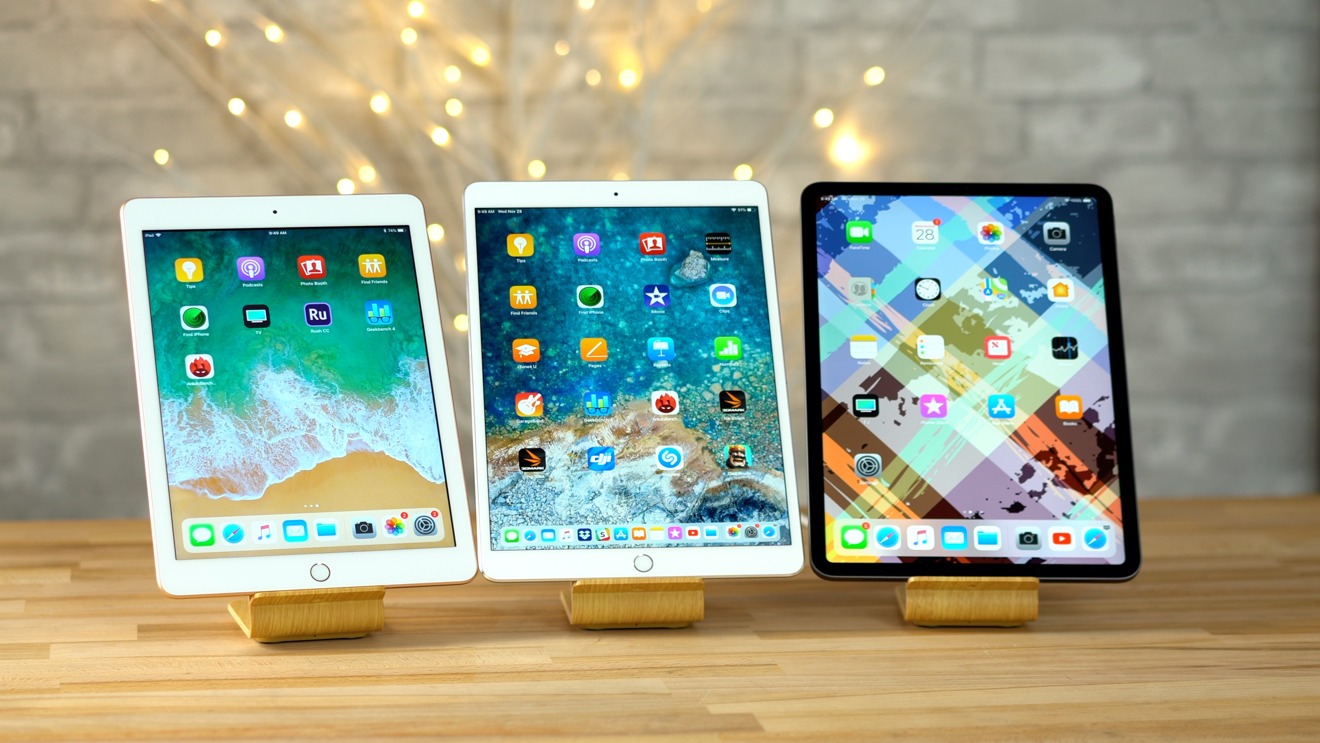
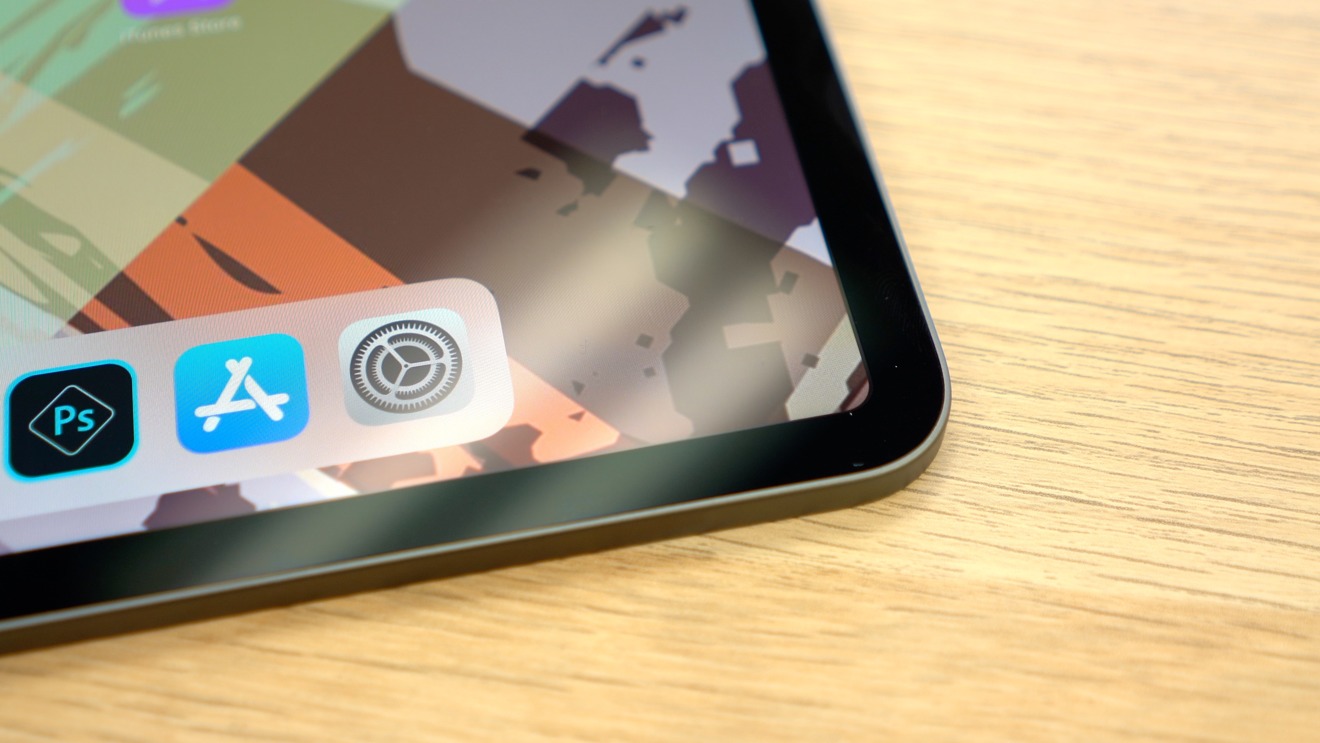
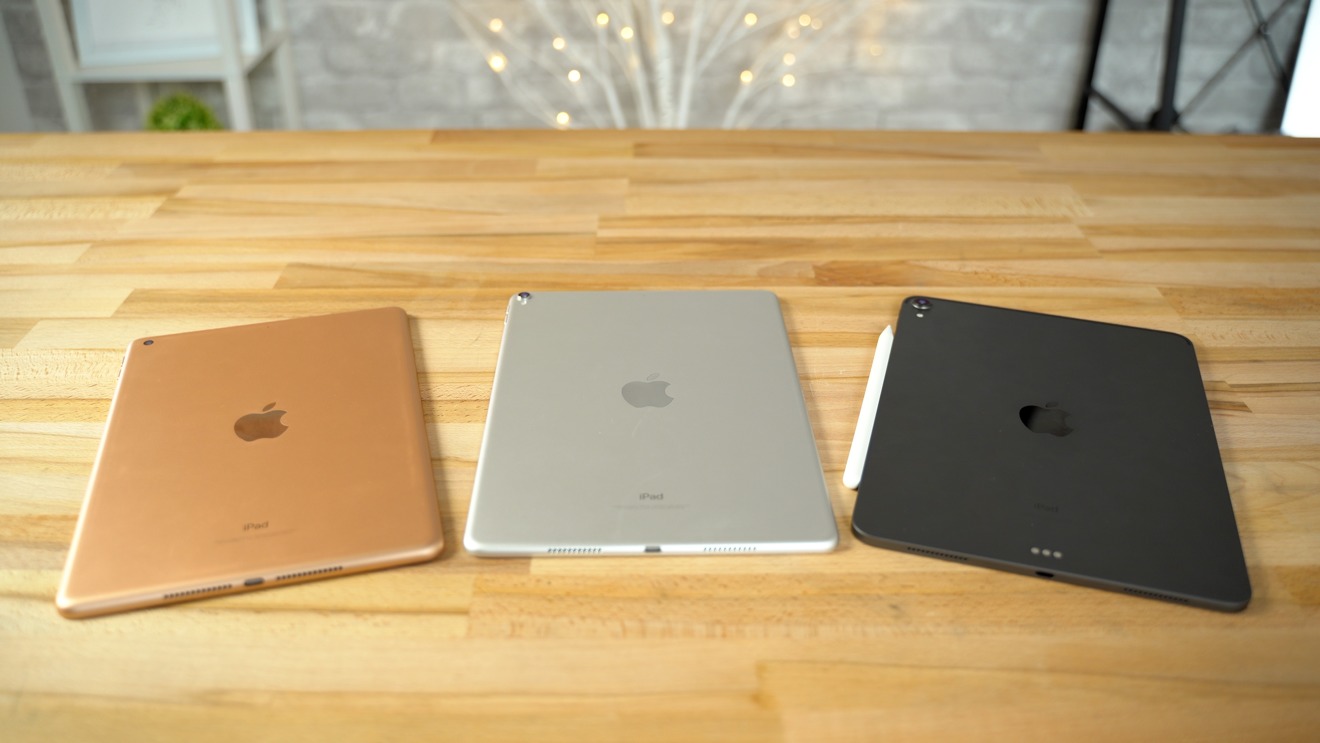
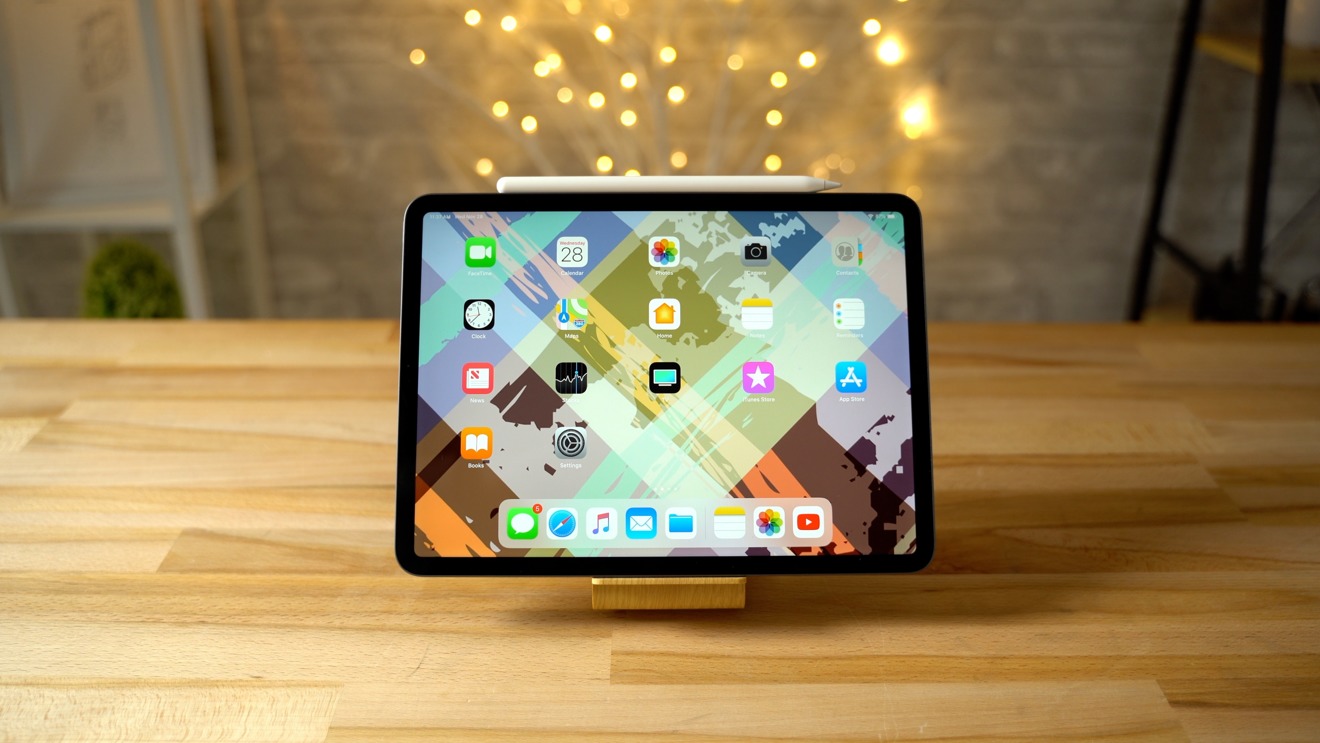
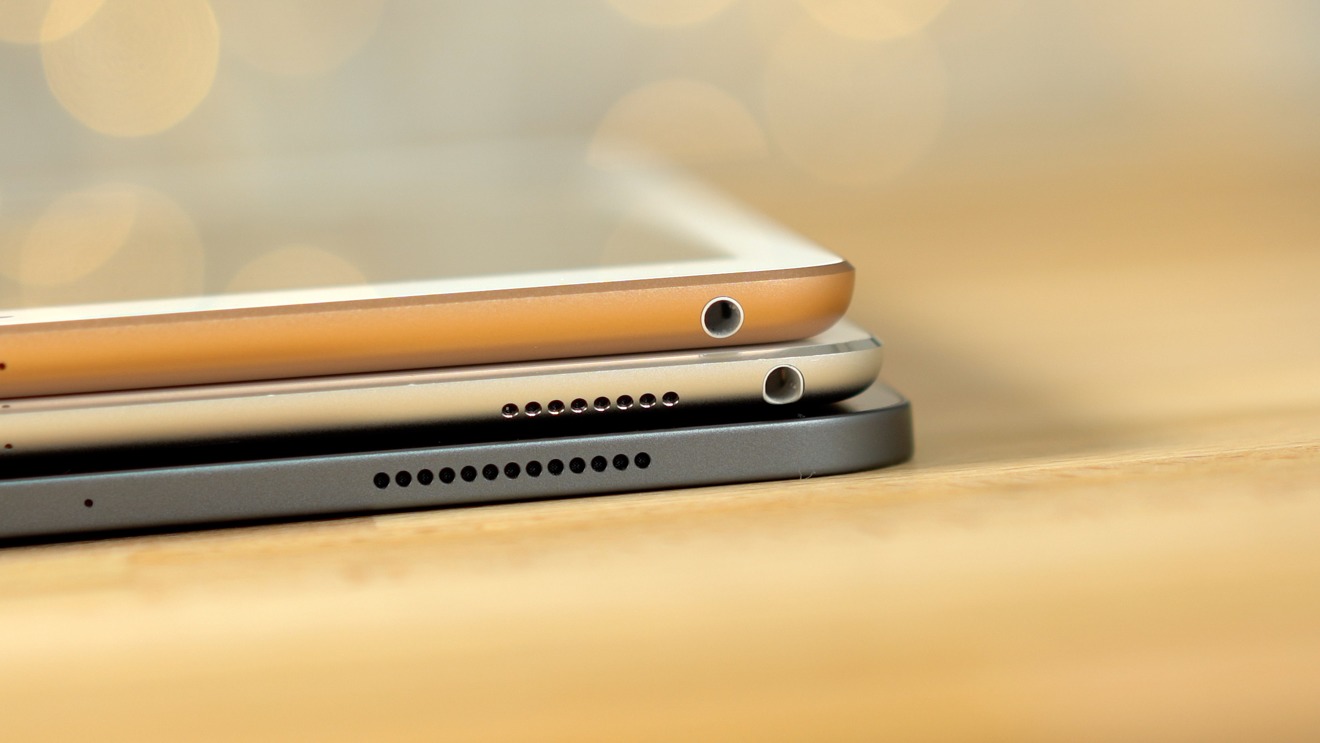
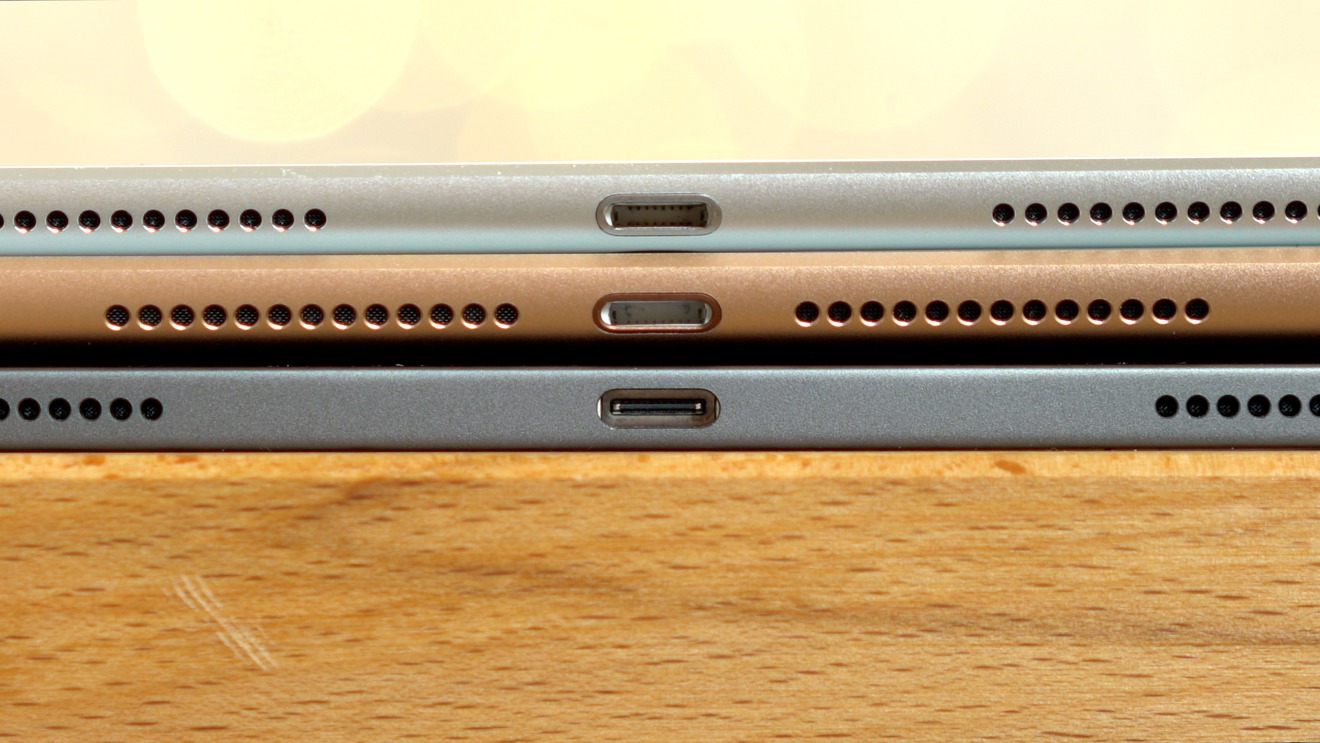
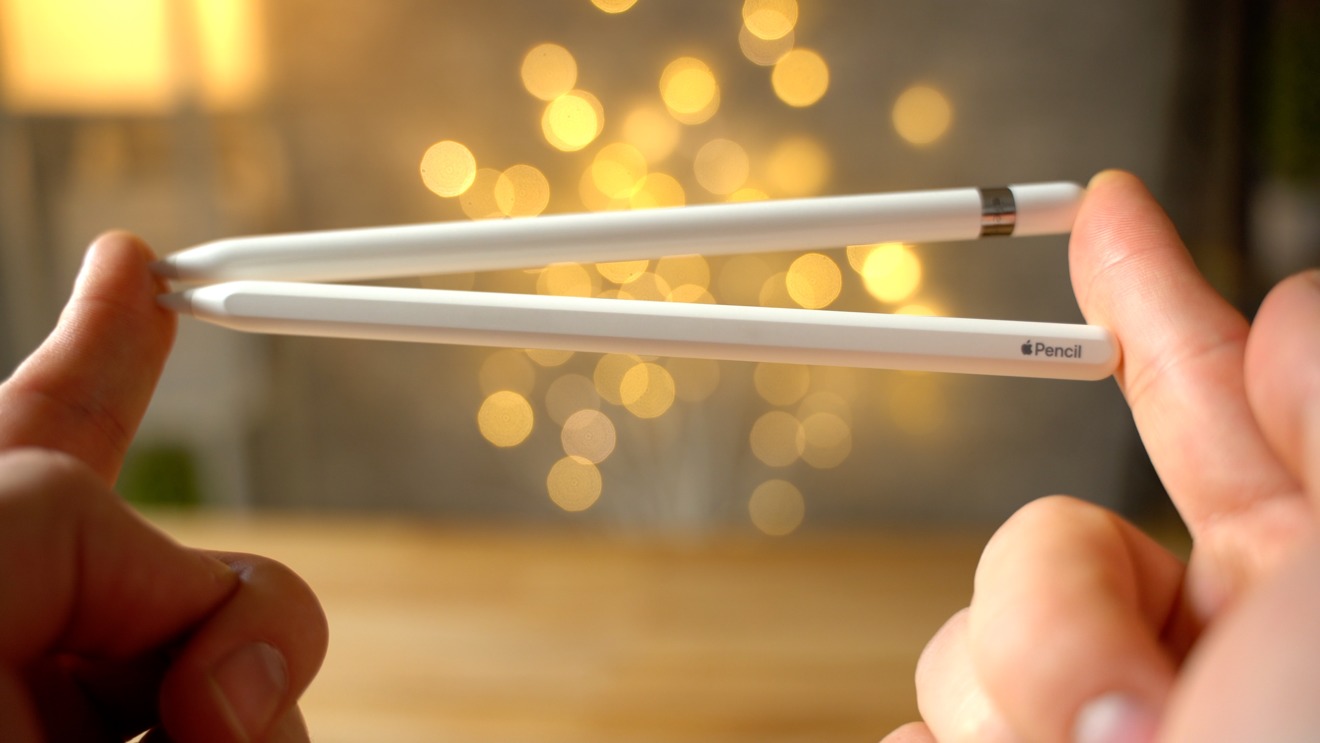
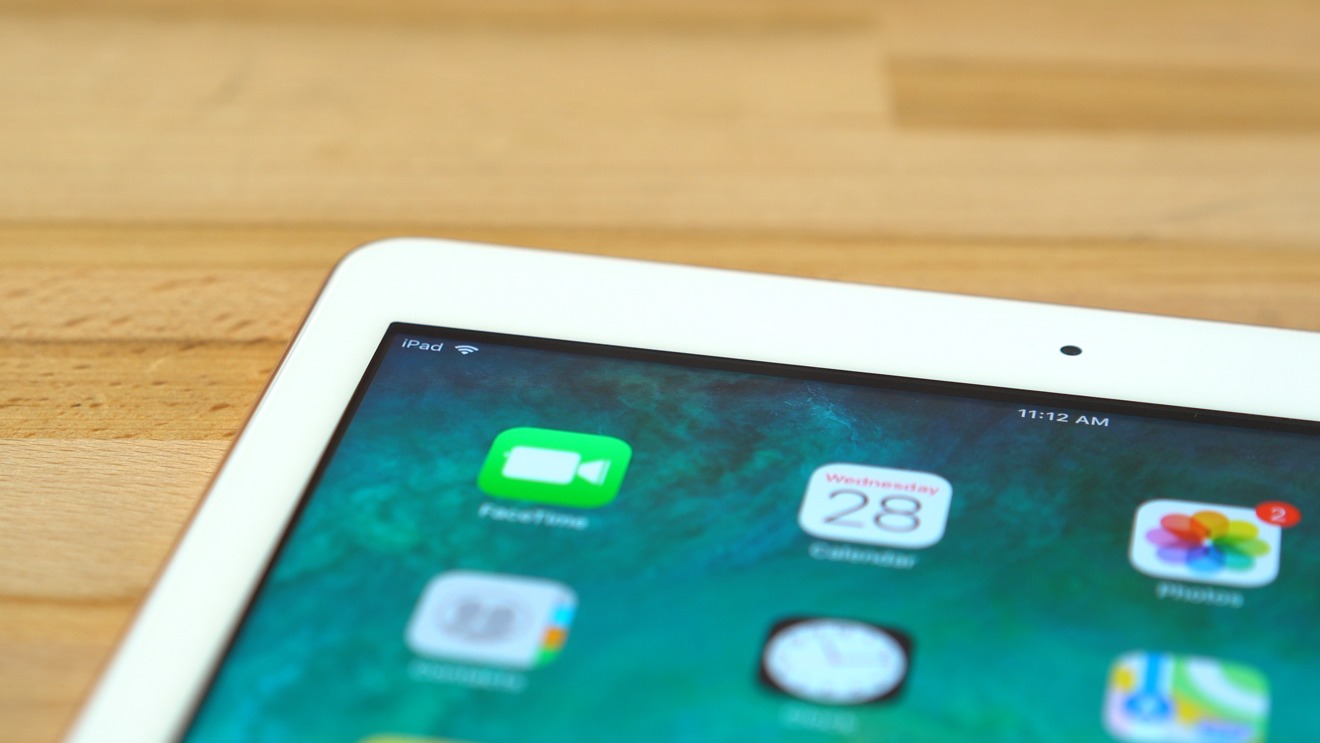
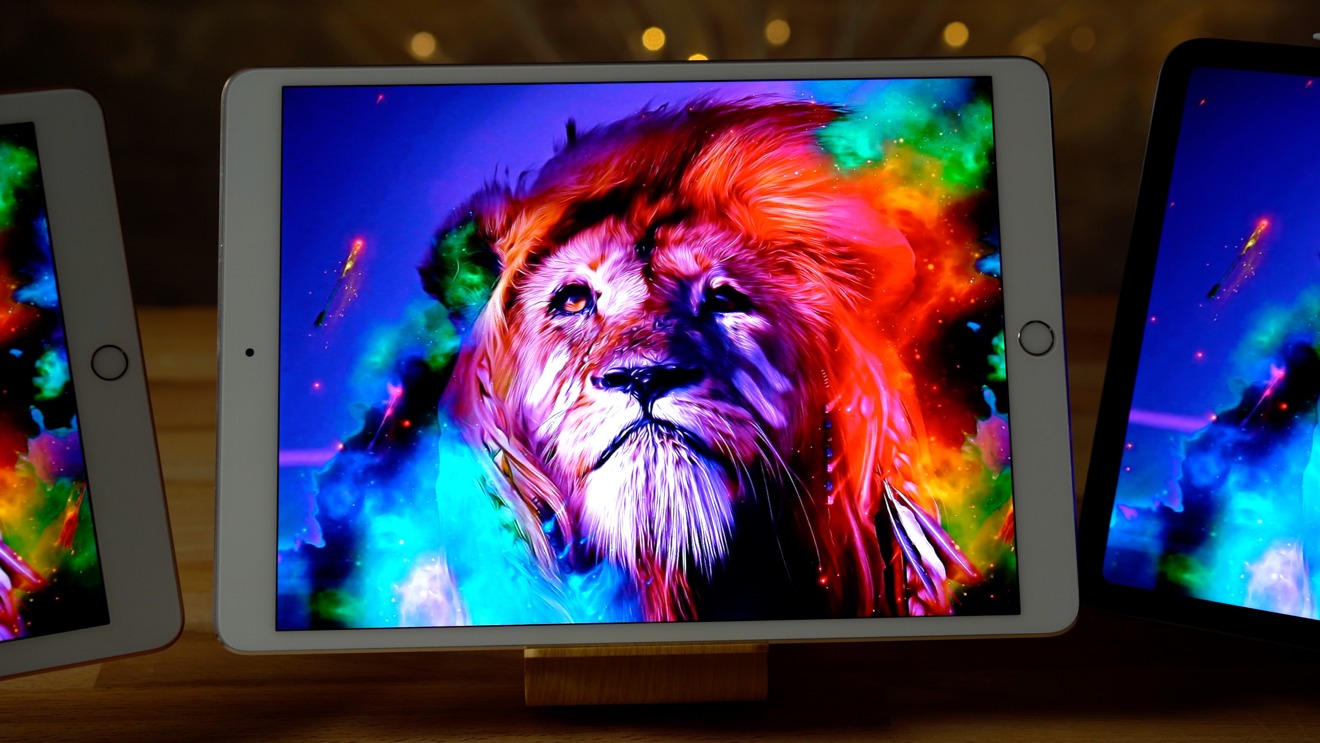
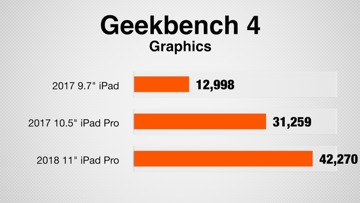

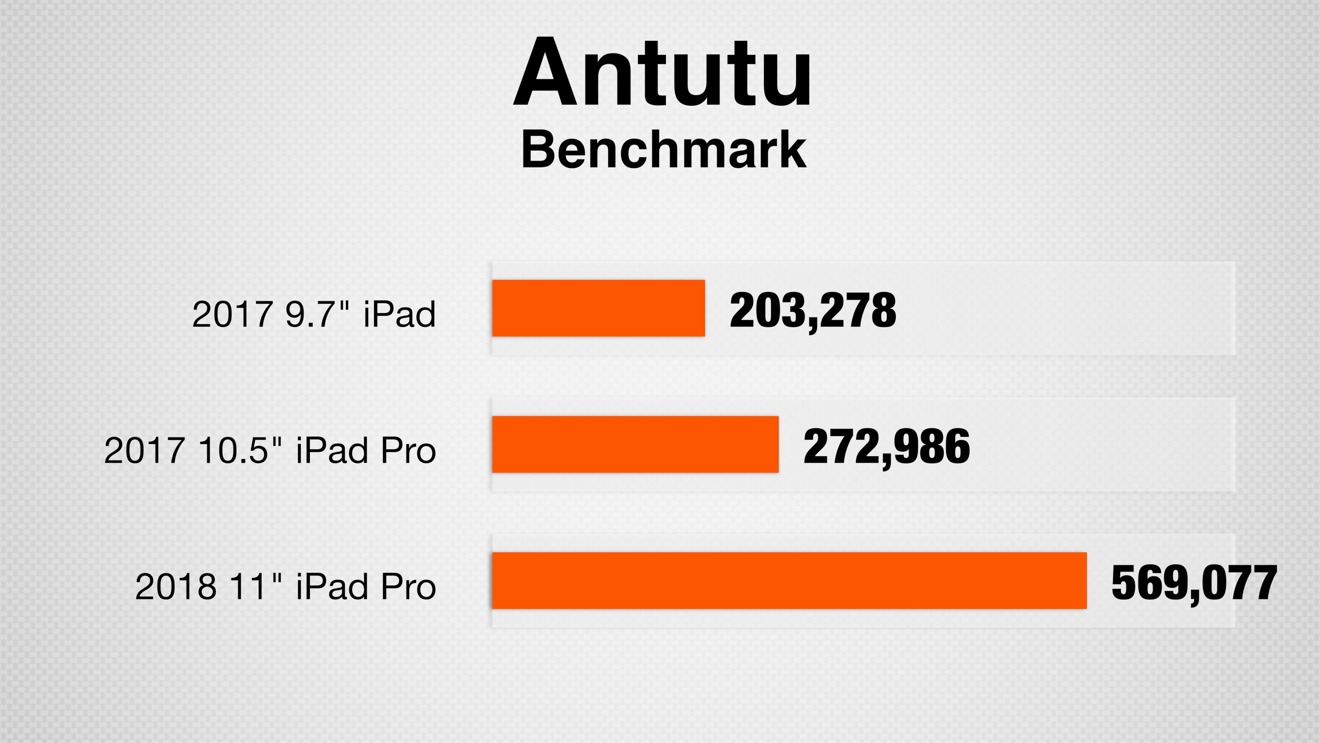
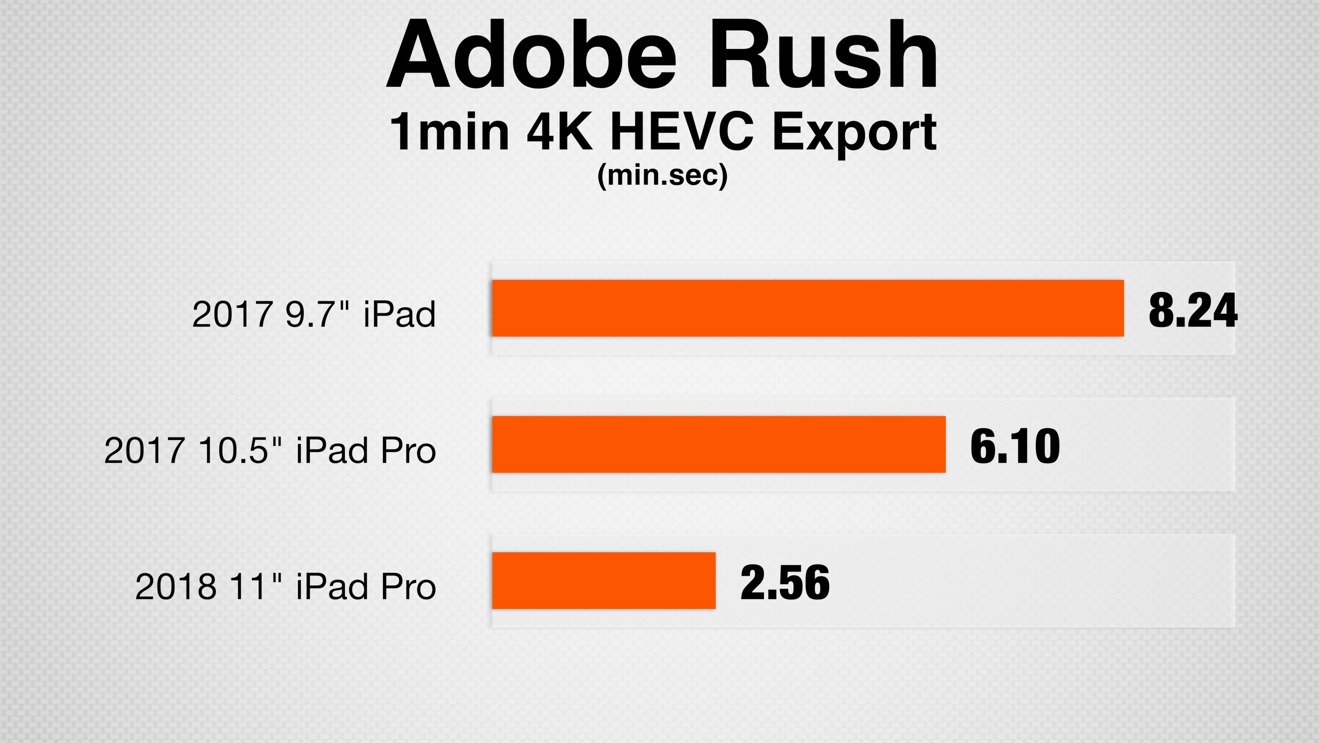



-xl.jpg)
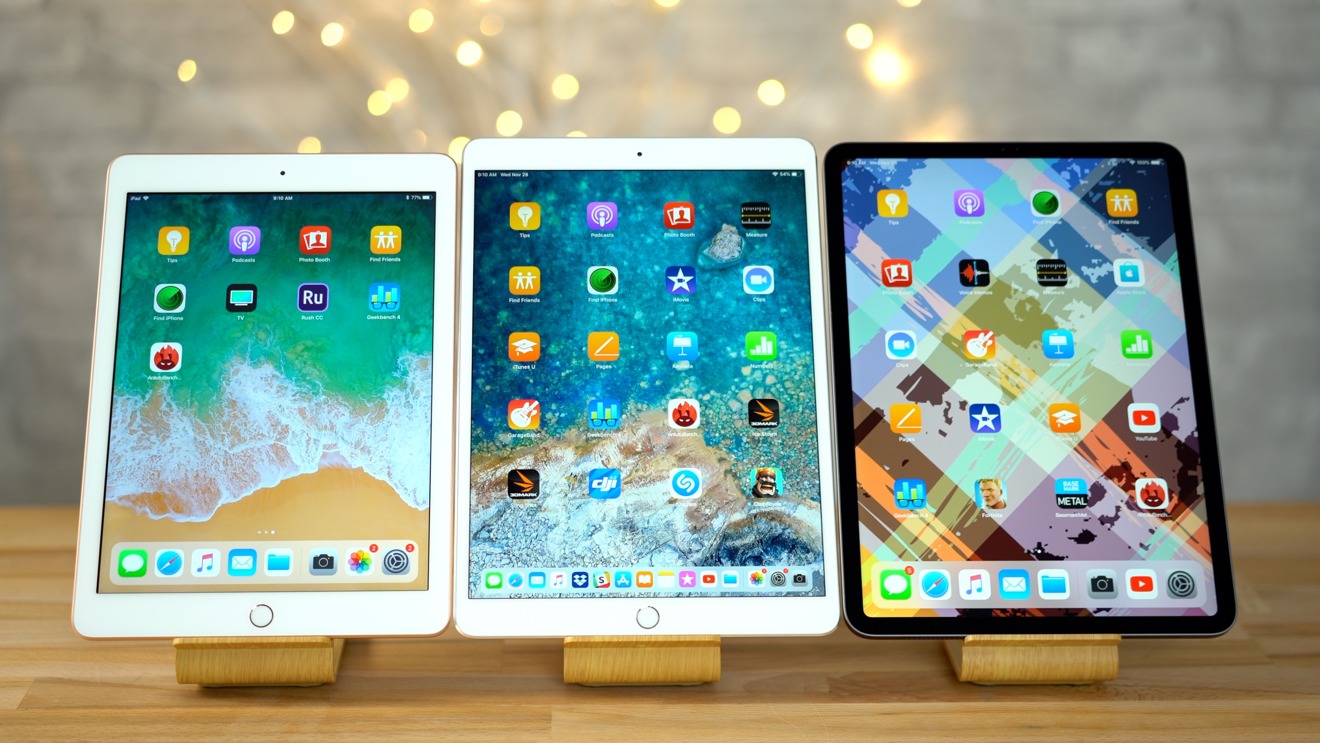







-m.jpg)






 Christine McKee
Christine McKee
 Wesley Hilliard
Wesley Hilliard
 Malcolm Owen
Malcolm Owen
 Andrew Orr
Andrew Orr
 William Gallagher
William Gallagher
 Sponsored Content
Sponsored Content


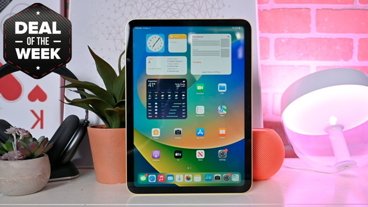
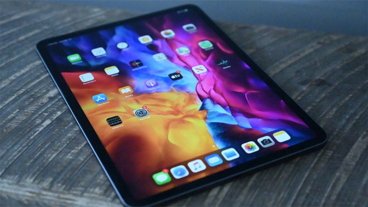





19 Comments
I love the iPad mini. It fits easily in my pocket, so is good for reading a map when out walking. It is great for reading the newspaper. I just wish Apple would upgrade it to use the stylus.
Just got my father-in-law a base model 6th gen iPad for $250. Both Target and Amazon was offering it for $80 off. It’s essentially a video, audio, game player and web browser to him. Great great deal. I can easily see Apple selling 10m 6th gen iPads this holiday quarter alone.
iPad 9.7: media and game player, kid computer
iPad Pro 10.5: school computer (junior to high school)
iPad Pro 11: university and mobile computer
iPad Pro 12.9: premium mobile computer